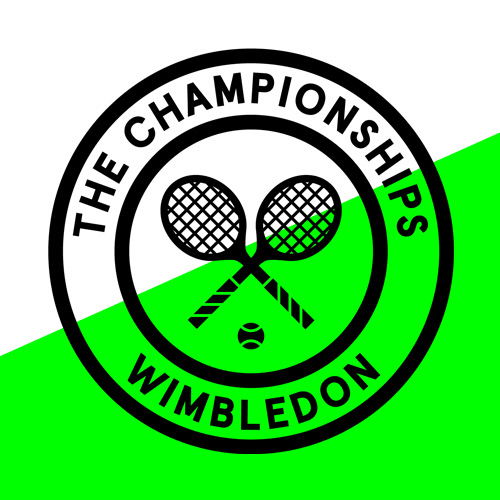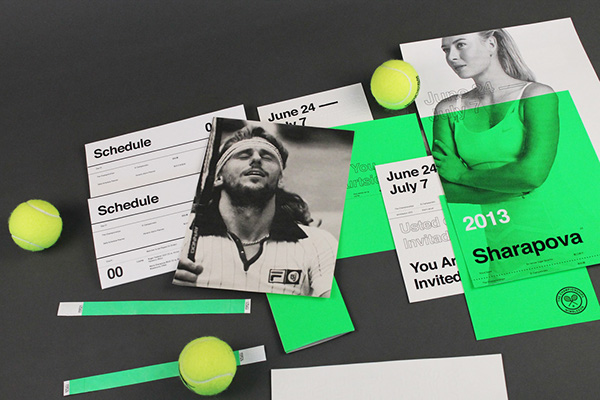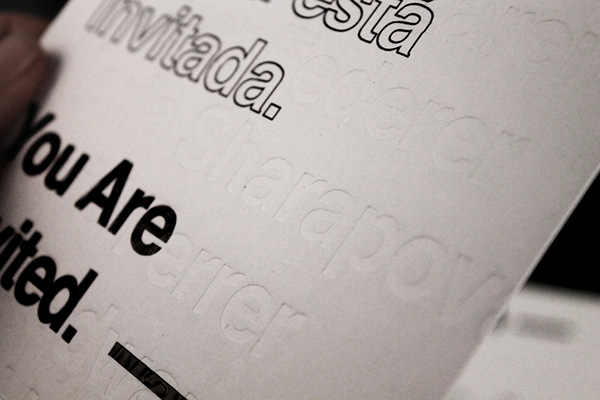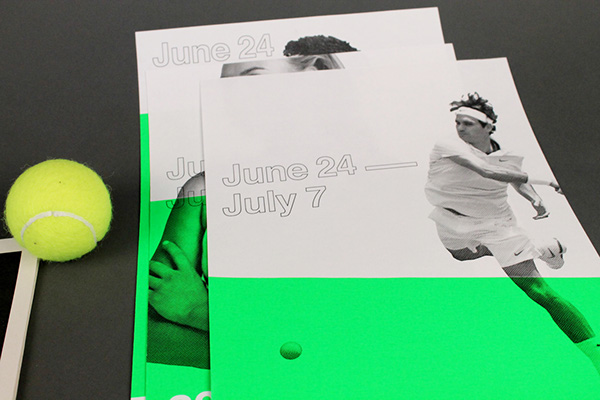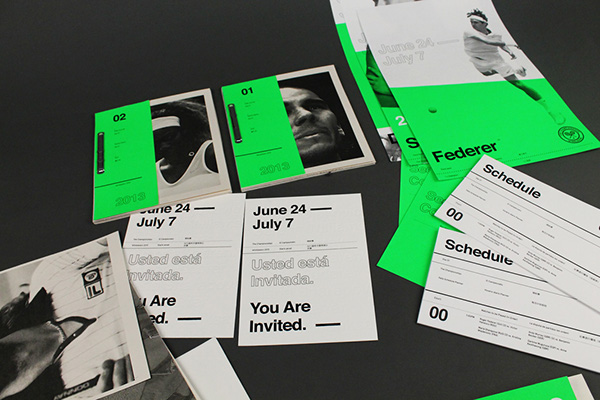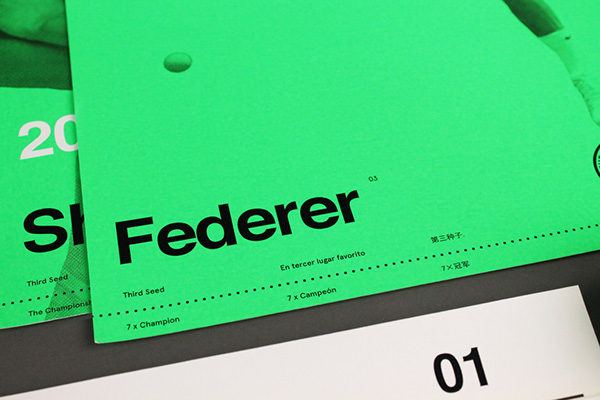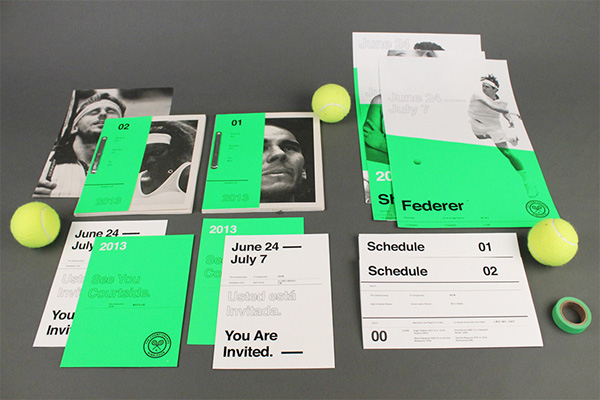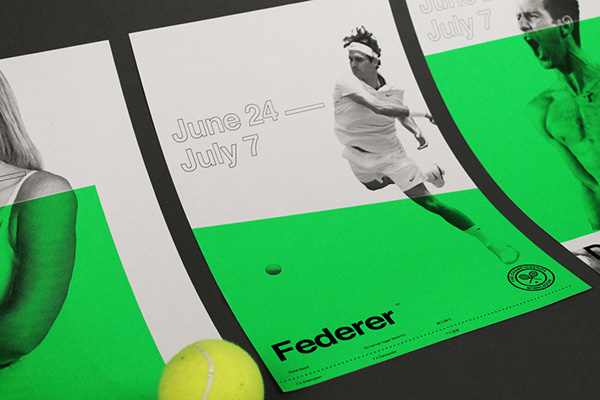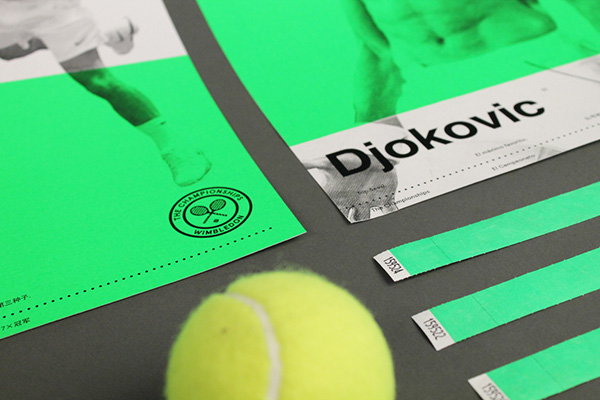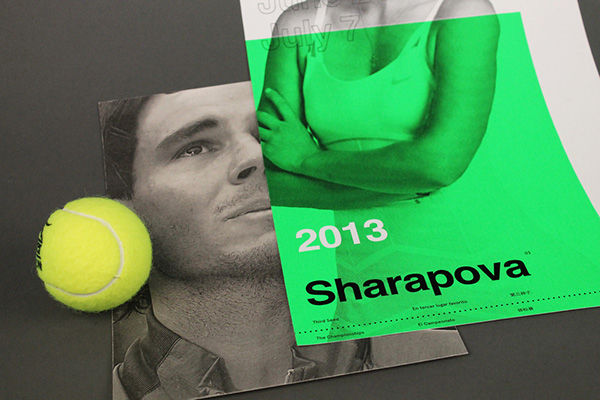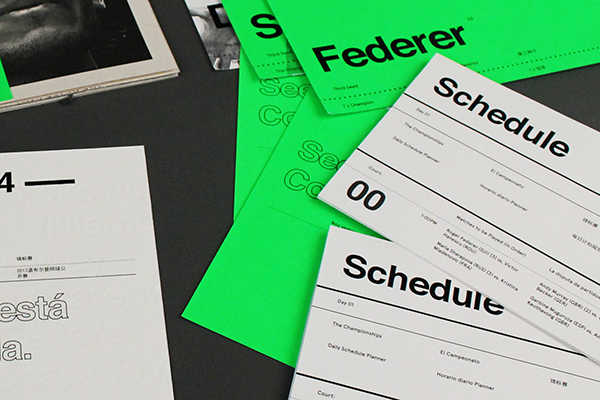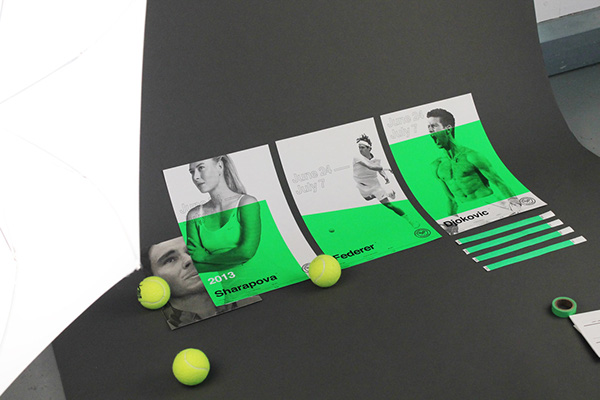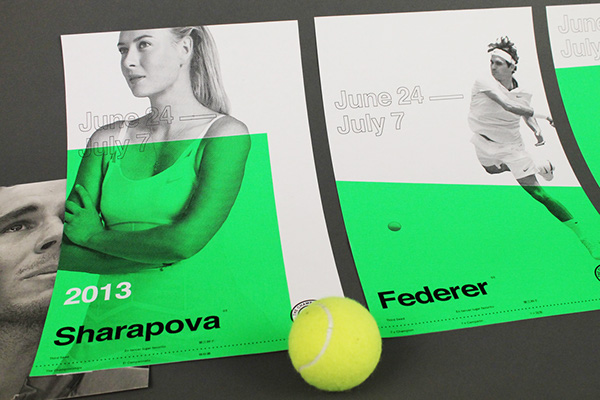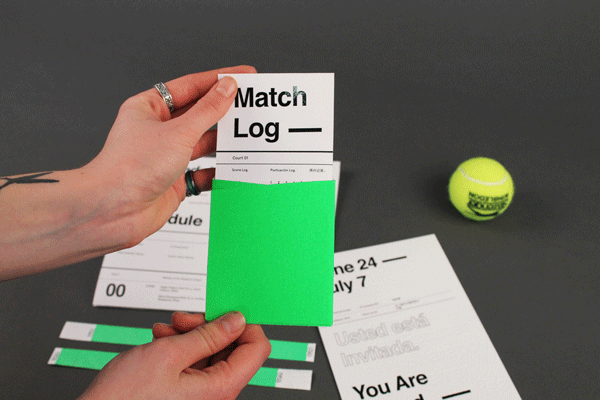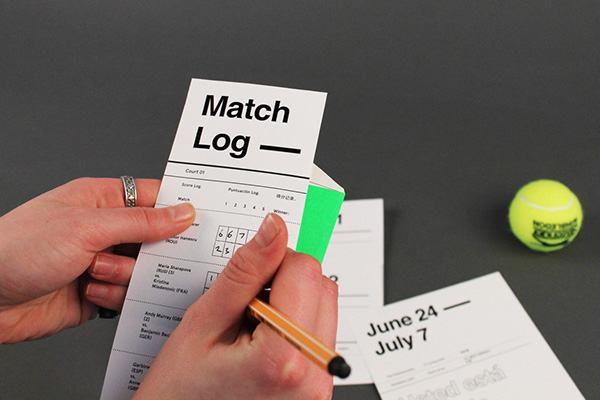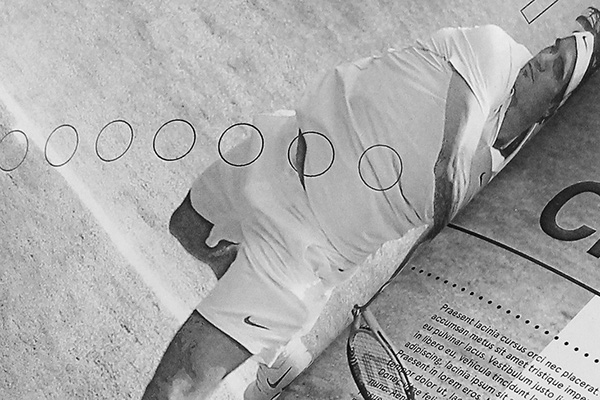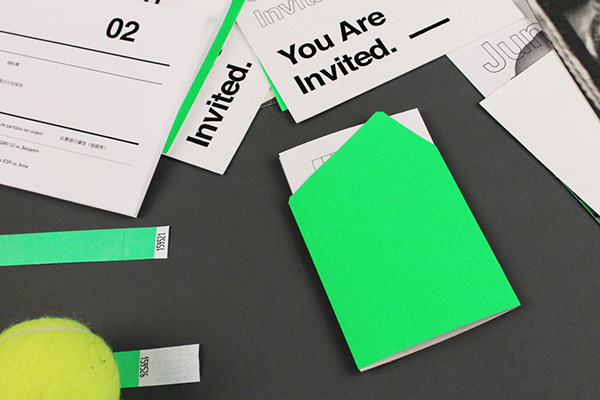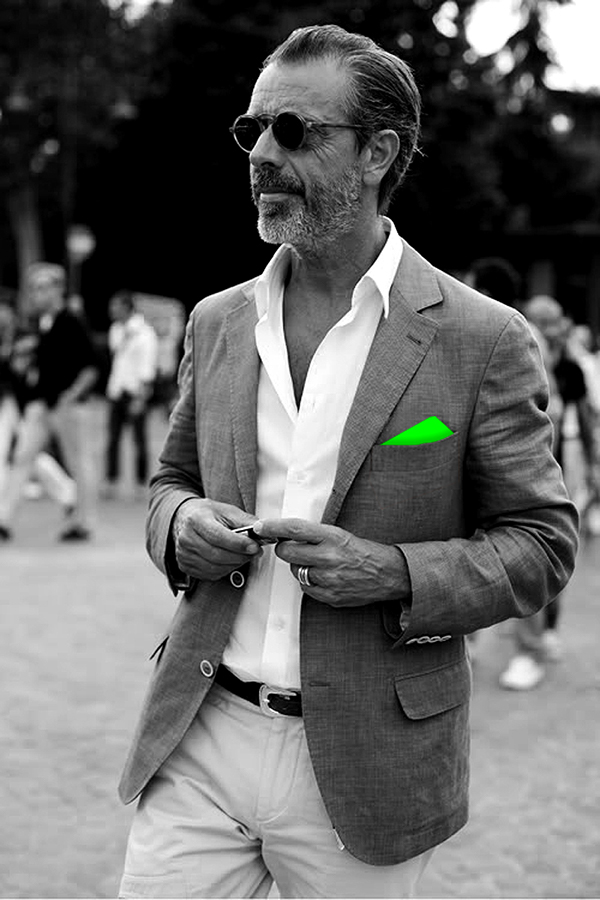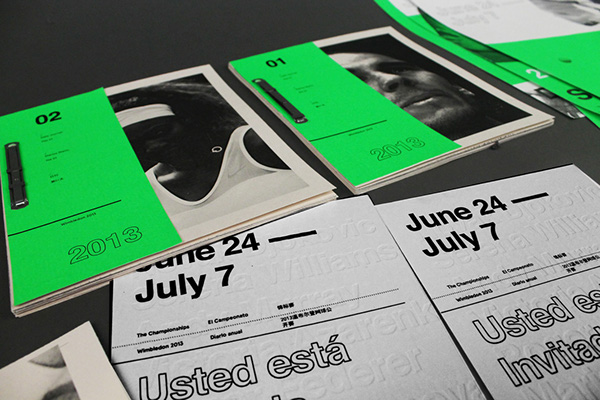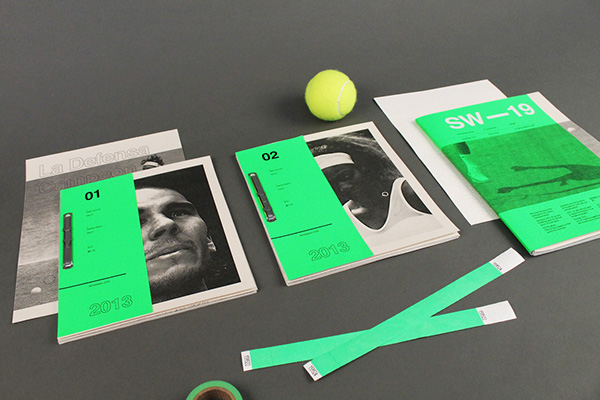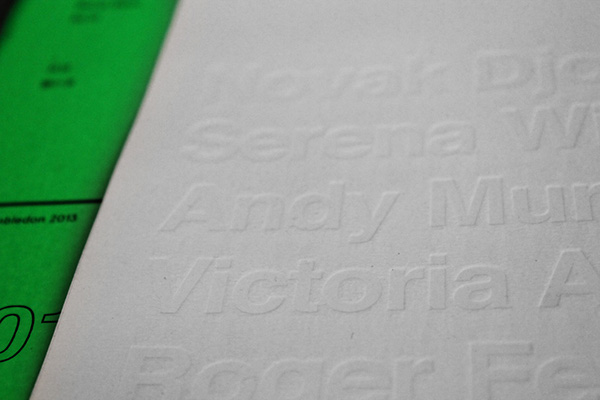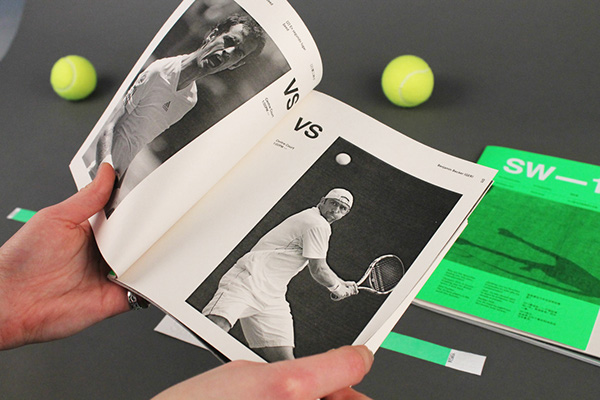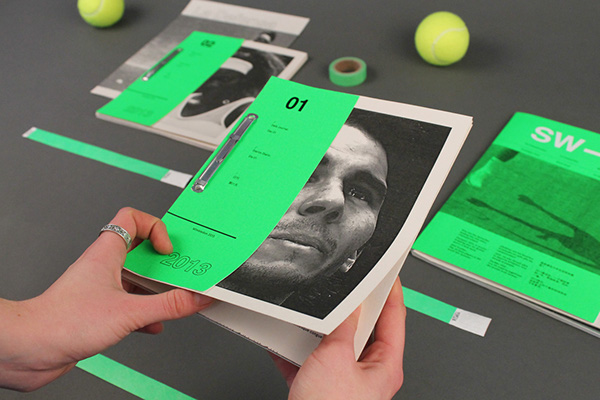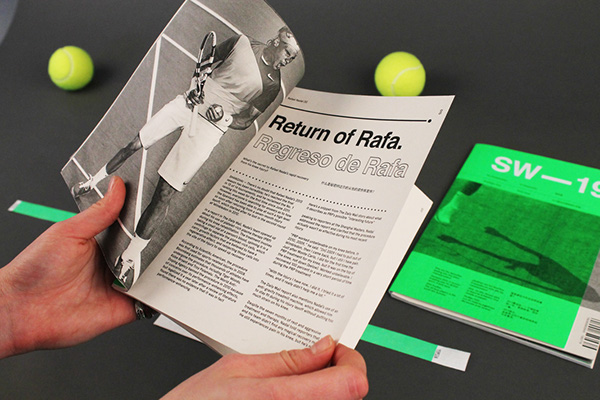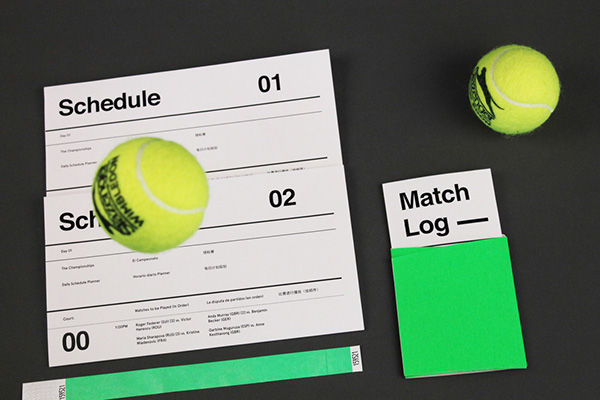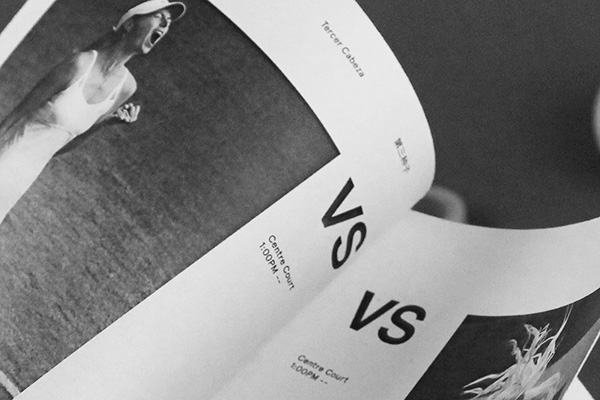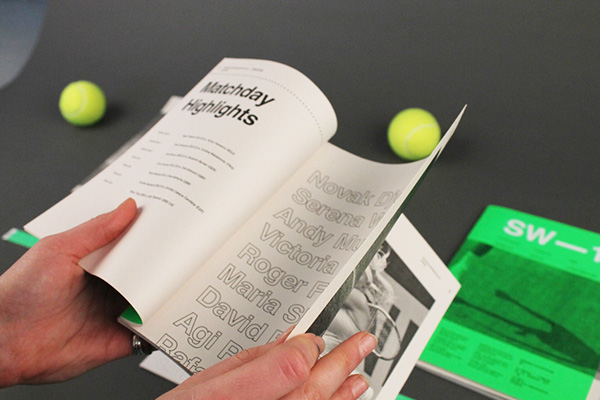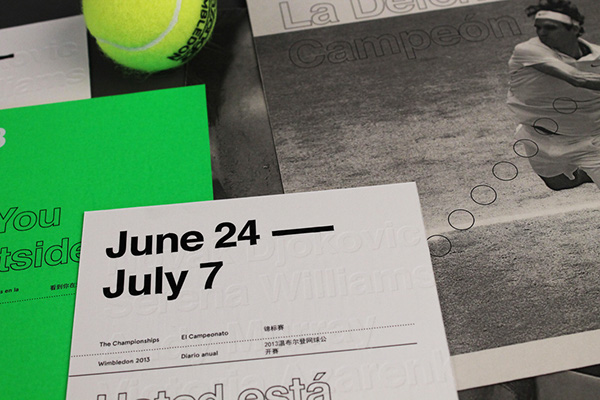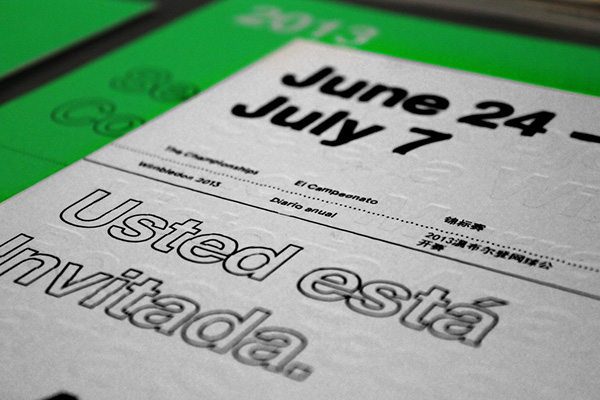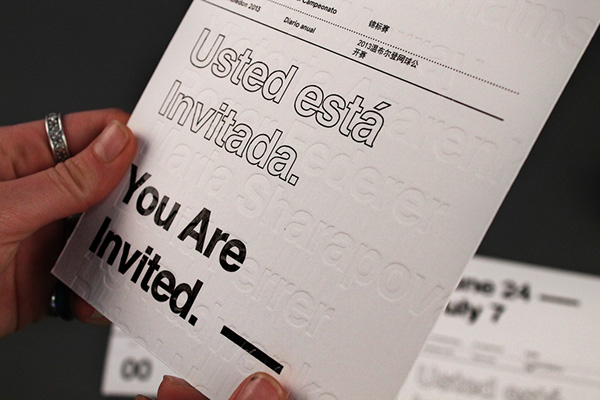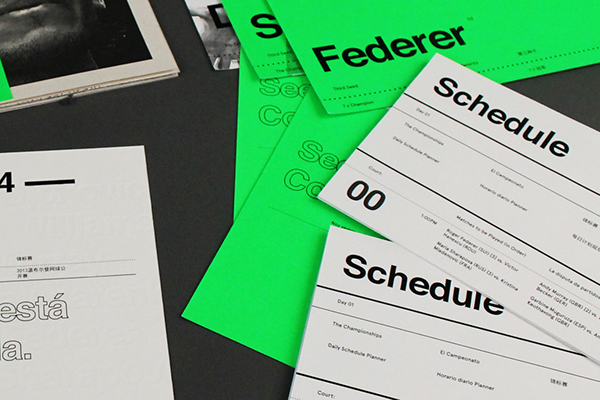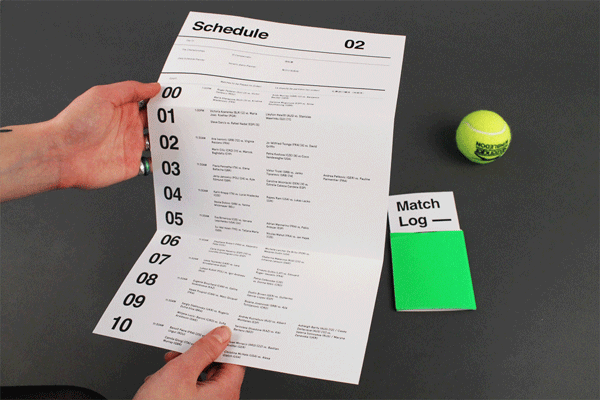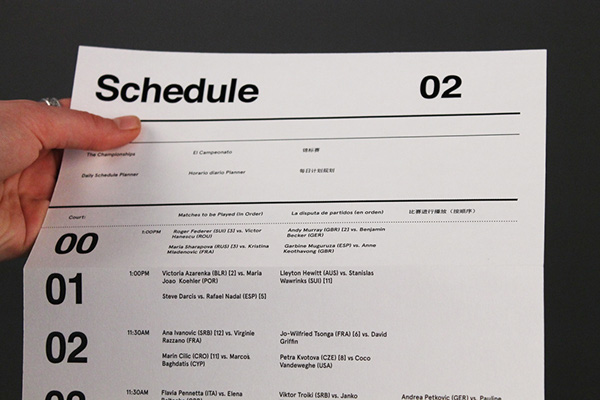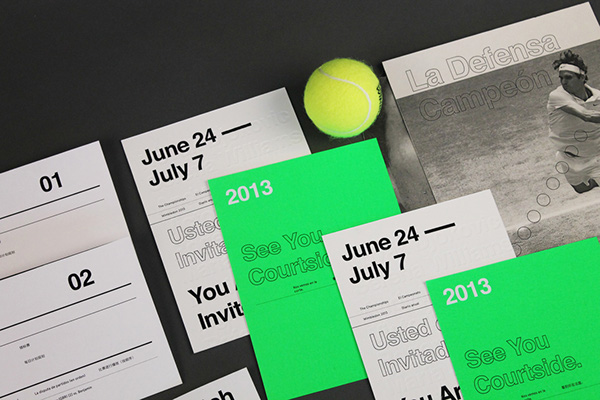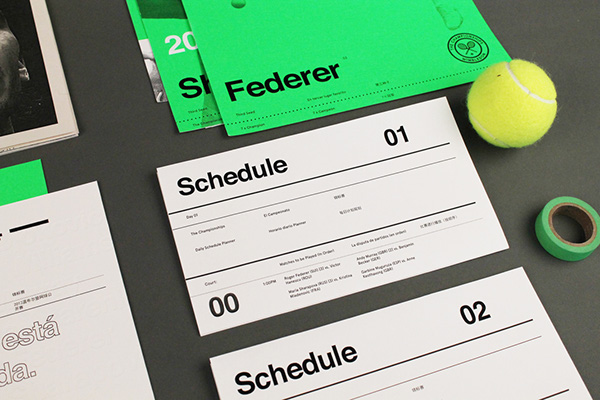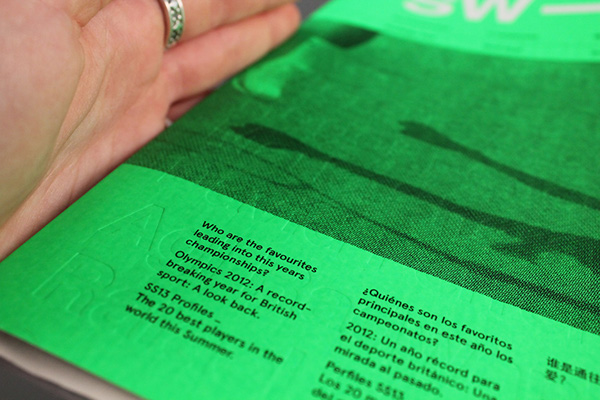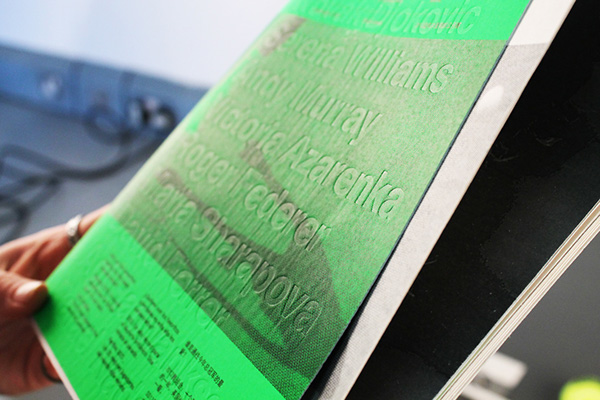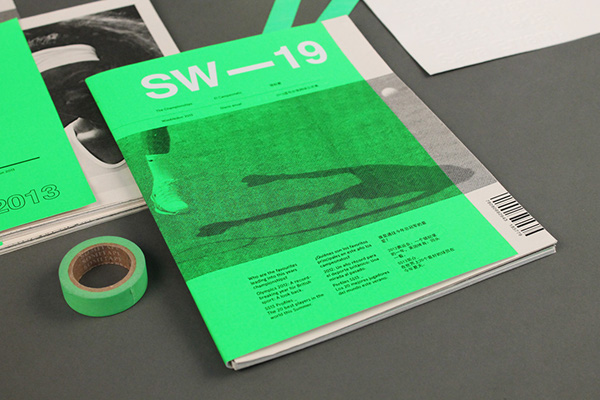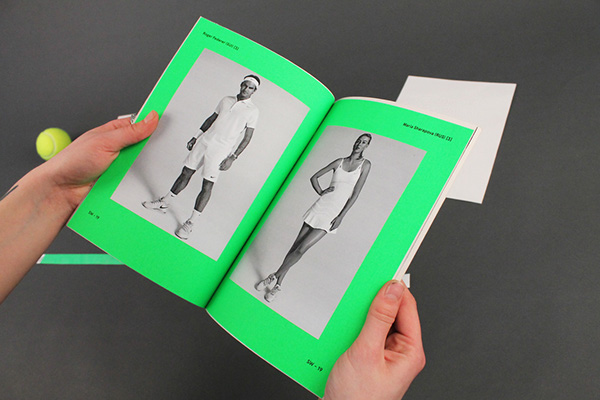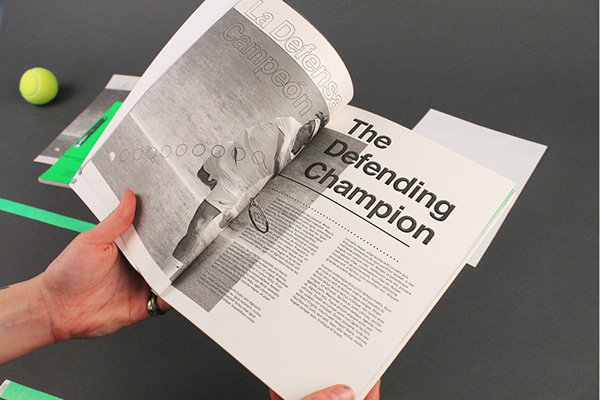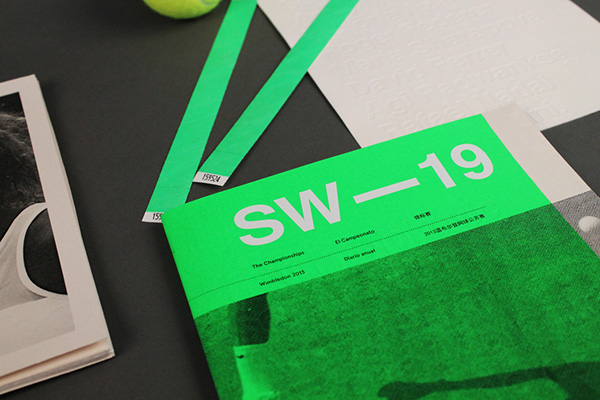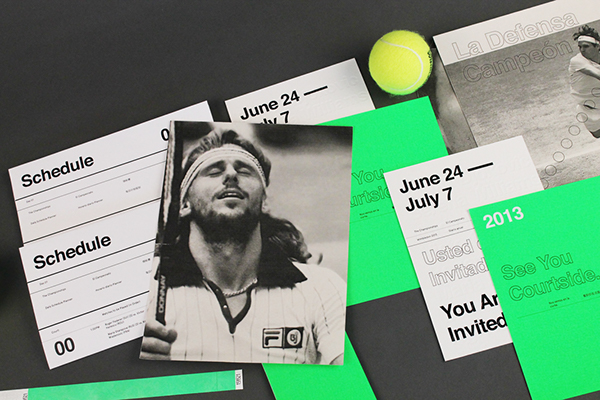Following on from my dissertation and some of the conclusions and aims I applied towards my physical resolution - this article has been really interesting in reaffirming some of my ethics and design approach moving forward.
Katie Treggiden, looked into how considered design is being used to aid, and improve the lives of patients and staff in a hospital. It's this exact notion which I strongly believe in. Anxiety and depression in todays world is probably higher than it has ever been, and the role design plays in our everyday interactions is underestimated.
Designing something to be considered, and almost meditative, does not at the same time mean everything should be set in helvetica bold and lack character. I don't believe in this, I believe good design should simply say what it needs to say and be efficient in doing so. Whether it's a minimal and information brochure, or a loud, colourful gig poster. It should encapsulate the vibe it wants to put across, communicating different messages to different people - but everyone coming away better off.
Graphic Design is
Good For Your Health
24/01/14




Source <
Katie Treggiden, looked into how considered design is being used to aid, and improve the lives of patients and staff in a hospital. It's this exact notion which I strongly believe in. Anxiety and depression in todays world is probably higher than it has ever been, and the role design plays in our everyday interactions is underestimated.
Designing something to be considered, and almost meditative, does not at the same time mean everything should be set in helvetica bold and lack character. I don't believe in this, I believe good design should simply say what it needs to say and be efficient in doing so. Whether it's a minimal and information brochure, or a loud, colourful gig poster. It should encapsulate the vibe it wants to put across, communicating different messages to different people - but everyone coming away better off.
Graphic Design is
Good For Your Health
24/01/14
Ask someone how graphic design could reduce aggression in A&E or anxiety in cancer patients and you might get some blank looks. Yet graphic design is exactly the solution that’s being used in two such projects.
Katie Tregidden, founder of Confessions of a Design Geek, took a look at how design is being used to improve the lives of patients and staff.
A Better A&E is PearsonLloyd’s response to a Design Council brief to reduce violence and aggression in hospitals’ emergency departments. “The brief was as open as that,” says Tom Lloyd. “One of the first decisions we made was that we’d tackle low level aggression. If you hear a respectable person shouting, it gives permission to the people around them to behave in a certain way. We had a hunch that if we could address this, we’d reduce the violence that escalates from it.”
To aid their own understanding, the team put their findings on post-it notes around the studio, creating a flow diagram of the A&E journey. “We looked at it and suddenly realised that if everyone understood the process, most of the frustration would be eased. So the heart of the project was about providing information and context,” says Tom.
“Some of it was simple – communicating the fact that people are seen in order of severity rather than attendance, letting them know how long they might have to wait, explaining that they might have to wait more than once.
And then it was about clarity. The colours were chosen not to be in conflict with existing signage. We used contrasts to maximise legibility. Some people will be admitted while they’re unconscious, so we had to make sure that all the information was in every space. And every graphic is floor to ceiling - we needed to create impact.”
The results of the pilot were phenomenal: 88% of patients said that the new signage clarified the A&E process, 75% said it made the wait less frustrating, offensive language has reduced by 23%, and threatening body language and aggressive behaviour was halved.
Meanwhile at Design Academy Eindhoven, Renee Scheepersdeveloped Revealing Maps of Cancer Care as her graduate project. “Research shows that a lot of cancer patients don’t understand the treatment plan they are going through. Only 20% of the information they are given is taken in.”
Much like PearsonLloyd, Renee realised that providing information in a way that patients could digest would help them to understand what was happening to them and reduce anxiety. “I tried to divide the process into little steps, so patients can follow step by step along their journey. They have an overview of the whole process, but they can also go a step back, go a step forward – and see visually what is going to happen instead of through written or spoken words.”
“It's important to use visuals, because they are much more effective than text,” says Renee. “Images are easier to understand and remember. By showing people rather than telling them what is going to happen, you remove some of the initial fear.”
“I'm working for Institute Verbeeten now, where I did my research. We're finalising the design and working on a plan for implementation in three hospitals this year."
Source <
